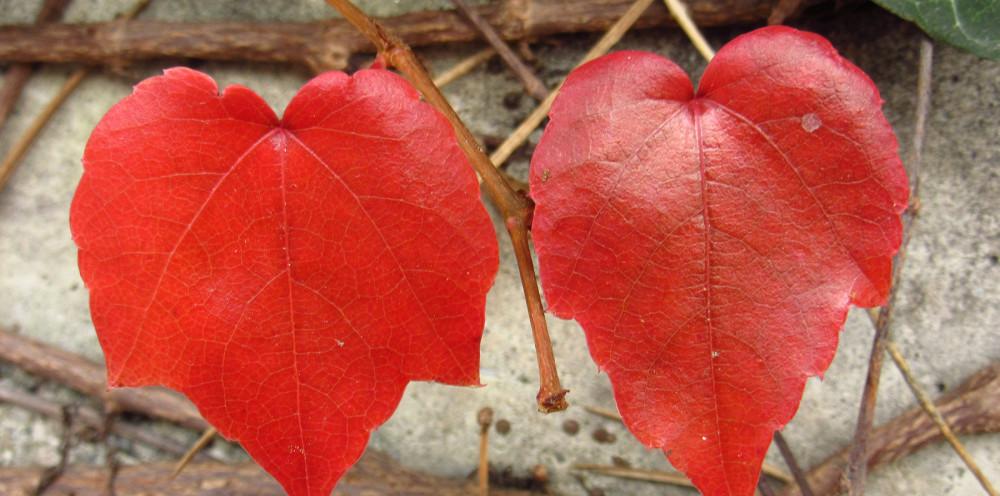There are no two identical leaves in the world, do you agree with this view? It doesn't matter if you agree or disagree, because now it seems like that's a fact.
The German philosopher Leibniz once said to the king during his tenure as a court adviser: "There are no two things exactly the same as each other between heaven and earth", and when the maids heard this, they went into the garden and looked for leaves, but they really could not find two leaves that were exactly the same, so there was the previous sentence: "There are no two leaves in the world that are exactly the same." This is a philosophical question, but it is also a scientific fact, because it is true that two identical things cannot be found in the macroscopic world. Leaves grow naturally, and it is only natural that it is not possible to find the same, and can't man-made objects find exactly the same? yes.

The set of glass glasses in the home looks exactly the same for each cup, but as soon as we put it under the microscope, we can see that there is a difference between each of them, and it is very obvious.
So why can't the world find two identical things? Because the material structure of the macroscopic world is too complex, take the glass, the atoms that make up a glass are countless, it is impossible to ensure that the composition of these atoms is exactly the same, and a slight contact of the macroscopic world will not cause any changes in the macroscopic world, but it will cause great changes in the microscopic world, resulting in two seemingly identical objects becoming very different in the microscopic perspective. So, if you can't find two identical things in the macroscopic world, what about in the microscopic world?
What's in the microcosm?
Atoms are the microscopic matter we hear most often, and their basic structure is the nucleus and extranuclear electrons, which in turn are composed of protons and neutrons. Different atoms are certainly different, such as the hydrogen atom that ranks first in the periodic table, which is very simple in construction, consisting of only one proton and one electron. The second-ranked helium nucleus has two protons and two neutrons, and it is clear that the difference between the hydrogen atom and the helium atom is very large. There are obvious differences between two different elements, and the differences between the various isotopes of the same element are equally large, such as the isotope of hydrogen, deuterium, which has one proton and one neutron in the nucleus, while the nucleus of the other isotope tritium has one proton and two neutrons.
There are differences between different elements and the various isotopes of the same element, so if it is two hydrogen atoms, are they exactly the same?
To determine whether two hydrogen atoms are exactly the same, it is necessary to look at the internal structure of the hydrogen atom, not the external properties. It is like a person whose internal structure is the tissue cells that make up his body, and whose external attributes are his clothing, behavior, and so on. So what are the external properties of hydrogen atoms? It is the energy it has, such as the faster hydrogen atom has higher kinetic energy, and the lower moving hydrogen atom has lower kinetic energy, but this can be changed, so it cannot be used to judge whether two hydrogen atoms are the same. So what is the inner structure of the hydrogen atom? It is the protons and electrons that make it up.
Essentially, to determine whether two hydrogen atoms are the same, it is necessary to judge whether the protons and electrons that make up it are exactly the same, but this cannot be done, at least at this stage.
Why not? Because they are too small. The diameter of protons is 1.6 to 1.7x10∧-15m, such a small substance, we simply do not have the ability to observe whether there is a difference between them. But that's not to say that we can't make a judgment about whether two atoms are identical, we can start with the quantum state of the atom. The so-called quantum state of the atom refers to the state of the atomic system, which contains a lot of content, such as the wave function of microscopic particles, the spin of protons or electrons, and so on. Taking spin as an example, if the spins of protons and electrons in two hydrogen atoms are different, then the two hydrogen atoms are different.
What if the spins of protons and electrons in two hydrogen atoms, the wave function of particles, and so on, are all the same? Then we can say that these two hydrogen atoms are exactly the same, and in physics such particles are called "identical particles".
Regarding "identical particles", there is also a hypothesis in quantum mechanics that any two identical particles in a system exchange positions and do not change the state of the system. Now we know that the rules of the macroscopic world are not the same as those in the microscopic world, and that two identical leaves cannot be found in the macroscopic world, but two identical atoms can be found in the microscopic world. However, the "exact same" of the microscopic world still needs to be added to a quotation mark, because they are only exactly the same under the existing cognitive conditions, and the final conclusion cannot be made as to whether the two are really exactly the same.